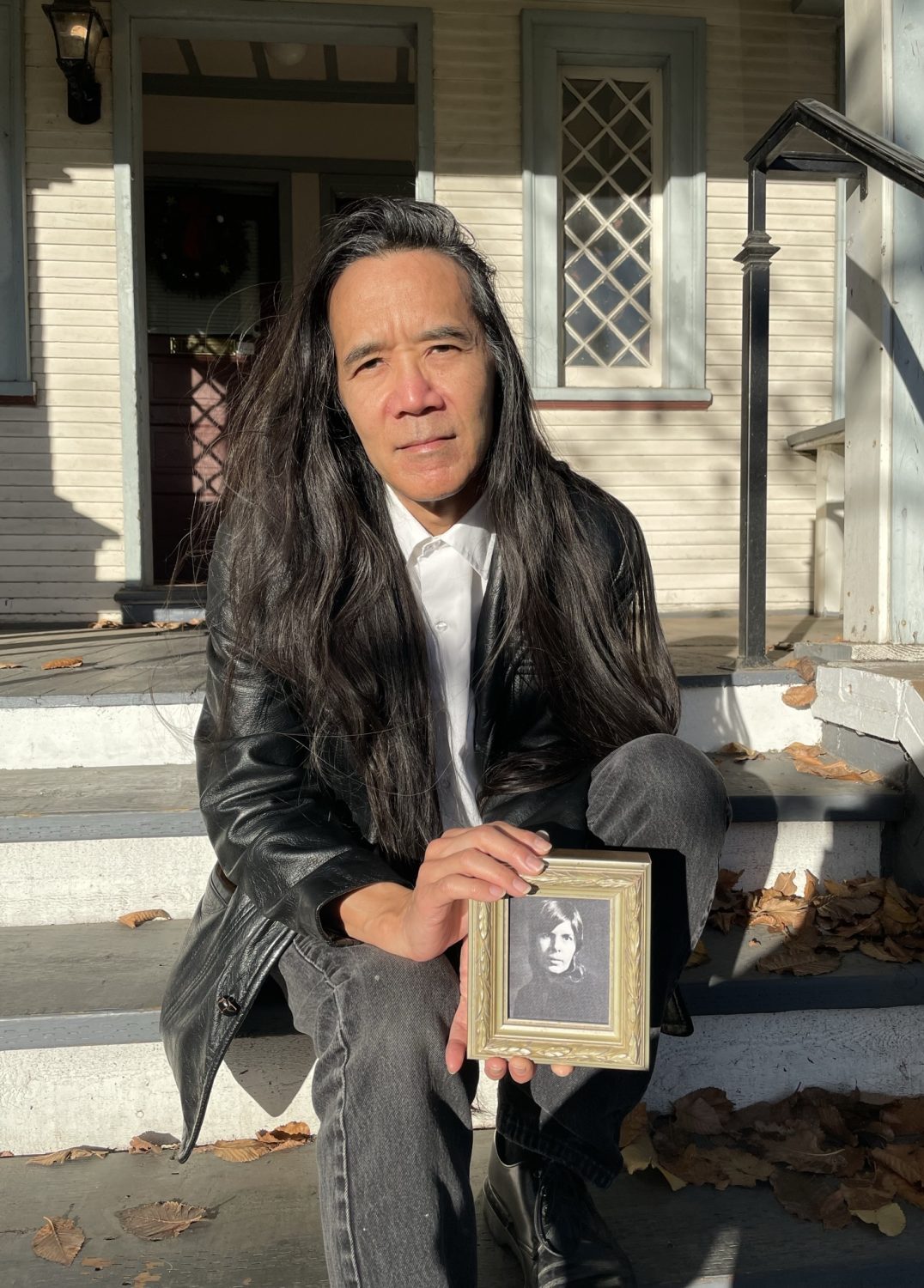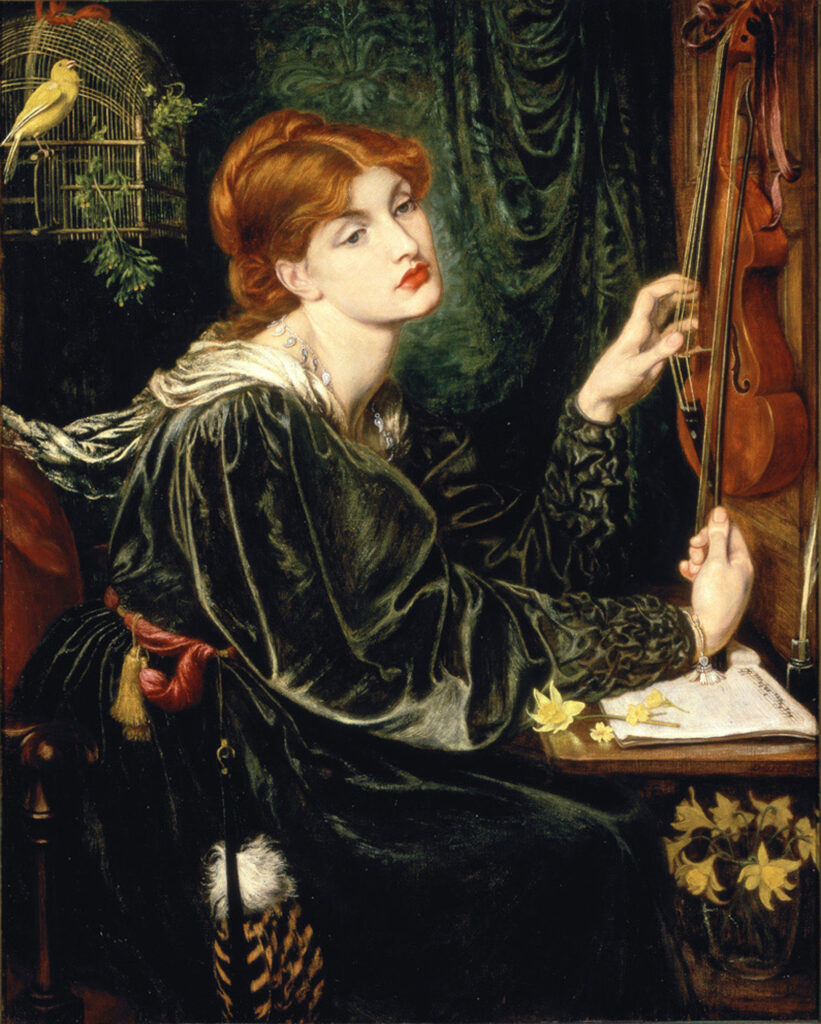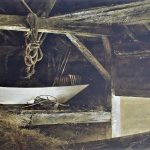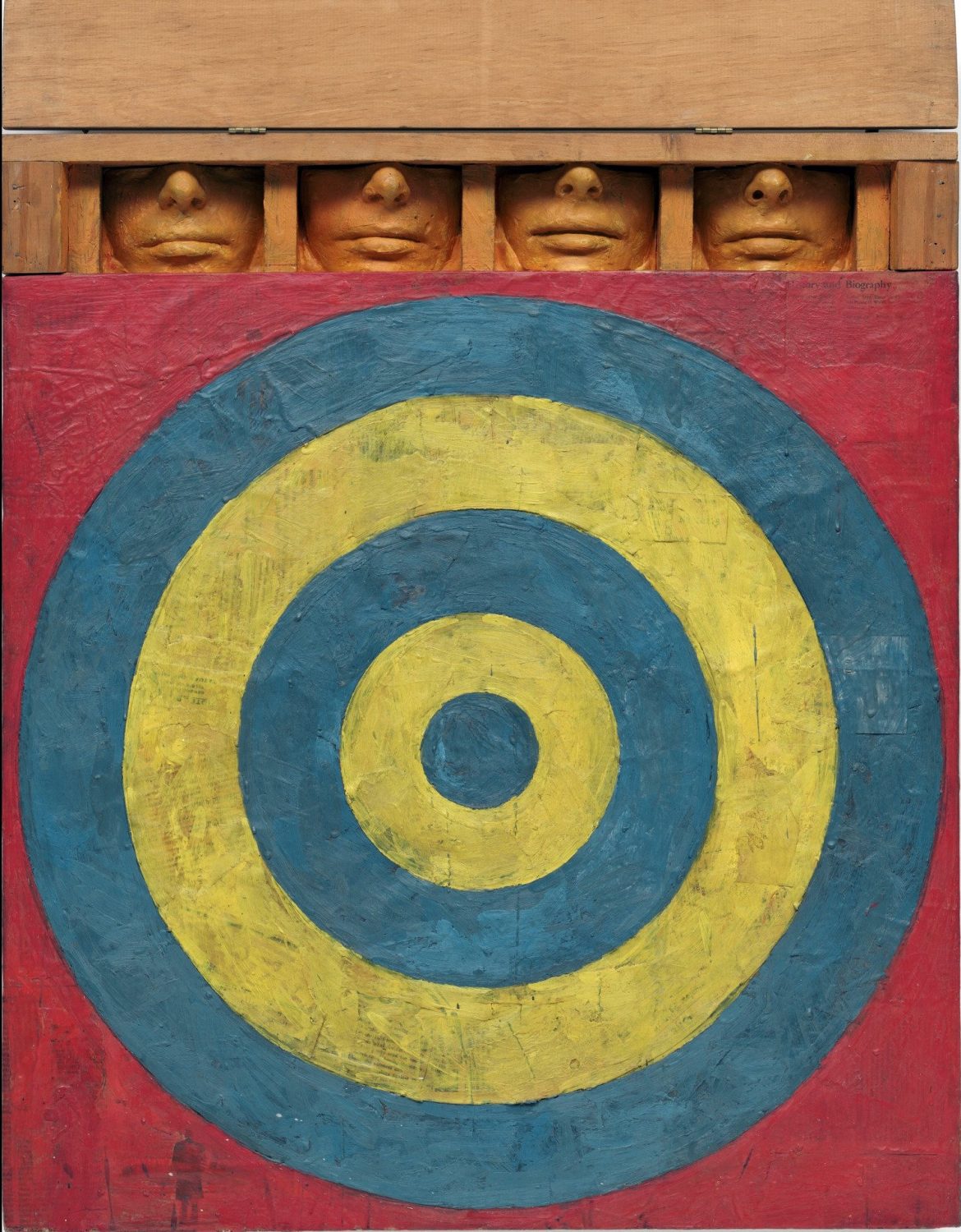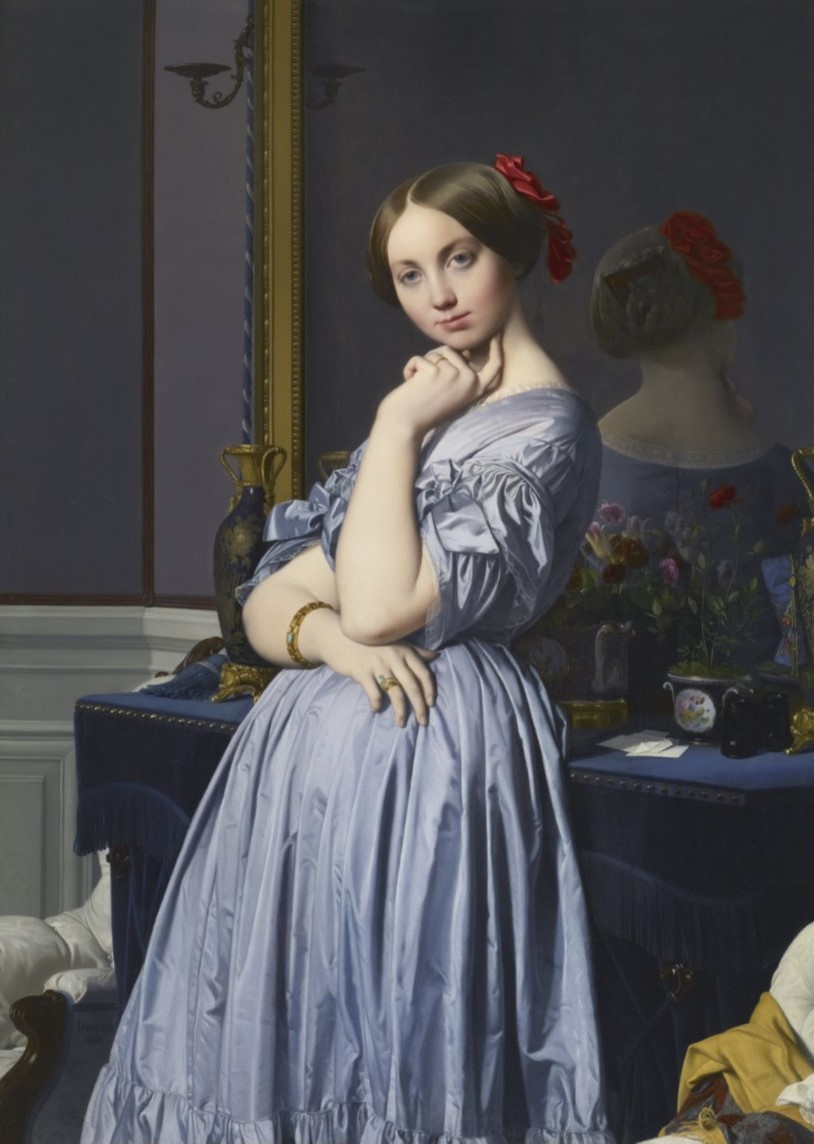One of the earliest art books I received as a child was a gift from my mother. It was unusual in that it wasn’t for any particular occasion, she just brought it home for me one day. The Art of Andrew Wyeth1 is the catalogue for a 1973 Wyeth retrospective at the de Young Museum in San Francisco. My mother did not see the show; I don’t know how she became aware of the book or what prompted her to buy it for me, as I had no idea who Wyeth was. Being about ten years old, I didn’t think to ask, I just happily accepted the gift. When she gave it to me, she specifically pointed out that in the painting The Patriot, one can see the stitching on the buttonholes of the sitter’s World War I uniform – she liked the amount of fine detail Wyeth achieved in his major works, which were painted in egg tempera.2 He built up these pieces slowly, often taking six months to complete one; he also used this heavily-layered technique, which he compared to weaving, in his drybrush works. I did find this fascinating, and when I first had the book, it was this aspect of Wyeth’s work on which I focused.
Roughly a decade later, in the mid-1980s, I was given Two Worlds of Andrew Wyeth,3 the catalogue to a another Wyeth retrospective. The “two worlds” of the title are the Kuerner Farm in Chadds Ford, PA, and the Olson Farm in Cushing, ME, the two primary places where Wyeth painted. This time the gift was from a consort – an old estranged fiancée of mine. I think the young woman was attracted to the work because of the rural settings, to which she could relate, and the fact that Wyeth had such a strong connection to those environments and to the people who inhabited them. I grew up in the suburbs, so the barns and milk cans and drying corn and bags of grain were all very foreign to me. Wyeth’s strongest paintings have a mysterious aspect, a gothic atmosphere, which is rooted in such imagery.
In 1986, there was an explosion of Wyeth hype when the existence of the “Helga Pictures” came to light. The story was, Wyeth had, for more than fifteen years, been secretly painting a neighbor, Helga Testorf, and putting the unseen work in storage. He was more than twenty years her senior, and they met while she was working as a nurse caring for Karl Kuerner, of the aforementioned Kuerner Farm. It was said that neither Andrew’s wife Betsy nor Helga’s husband had known about their artist/model relationship. When asked about the work, Betsy’s one-word reply was that it was about “Love.” It turned out the story was somewhat contrived, but nevertheless, during the week of August 18, 1986, Wyeth paintings of Testorf graced the covers of both Time and Newsweek.4
The next year, an exhibition of the Helga work was mounted at the National Gallery of Art, and a catalogue5 was published. A couple years after that, I was given the book by a woman with whom I had become acquainted. Her primary art predilection was for Art Nouveau illustrator Alphonse Mucha, but she was drawn to what she perceived as the romantic nature of the Helga pieces. Her favorite image in the book was Night Shadow – I prefer the similar, but earlier full-length Black Velvet. Although Helga appears to be asleep in both pieces, they are among the most physical of the series, which is made up of hushed, contemplative works. This quietude, coupled with the fact that she is always solitary and often nude, could certainly evoke a romantic impression.
Each of these books was given to me by a person who was attracted to Wyeth’s work, each for a different reason. I can appreciate all of their points of view, but am mainly interested in his draftsmanship. I don’t believe I’ve ever seen any actual pieces by Wyeth, but I find his graphite drawings to be the strongest work of his oeuvre. Although they can be intricately detailed, they have a freeness to them that is not apparent in his tempera paintings. Many of the most engaging examples have an Ingres-like quality, in which parts of the image materialize three-dimensionally, while other areas drop back in outline.
In 2002, Andrew and Betsy, who was his business manager, set up the Wyeth Foundation for American Art, which retains ownership of some 7000 of his works, many of which are graphite or watercolor sketches and studies which Wyeth considered not polished enough for exhibition. Perhaps this work will go some way in revising the not unpopular notion that Wyeth was an “illustrator” rather than an “artist.” His rise to prominence took place more or less contemporaneously with that of the Abstract Expressionists, who brought the art world’s focus to the United States, specifically New York City, for the first time. Wyeth’s paintings must have seemed antiquated by comparison, but I do find a certain charm in someone working so against the grain. Although throughout his career he did occasionally drift into what I would consider illustrative territory,6 I don’t believe his artistry is in question.
Andrew Wyeth, after a short illness, passed away in 2009 at ninety-one. Betsy Wyeth, whose health had been declining for some time, died eleven years later at ninety-eight. Helga Testorf still resides in Chadds Ford, PA. Wyeth’s studio, the Kuerner Farm, and the Olson House have all been registered as National Historic Landmarks, and can be visited by the public.
My mother continues to be impressed with the detail in Wyeth’s paintings, although she doesn’t recall why she decided to purchase the book for me. It’s been over thirty years since I’ve seen either of the two women from whom I received the other catalogues; I hope they’re both doing well.
All three books are still in my possession.
1 Wanda M. Corn, et al.; The Fine Arts Museums of San Francisco, California (1973).
2 Egg tempera is dry pigment mixed with distilled water and egg yolk. It takes months to dry completely, but once it does, it is hard and durable – think about how difficult it is to wash yesterday’s breakfast dish with your half-eaten sunny-side up eggs on it. Wyeth initially saved the whites, with which his wife Betsy would make angel food cakes. Eventually, their friends and family all got tired of that and he started simply throwing the whites away.
3 Thomas Hoving; The Metropolitan Museum of Art (1976).
4 Just like Bruce Springsteen, baby, eleven years earlier.
5 John Wilmerding, et al.: The Helga Pictures; Harry N. Abrams, Inc. (1987). Although the exhibit did travel, and came to San Francisco’s de Young Museum in 1988, I did not see it.
6 See Christmas Morning (1944), The Revenant (1949), Day Dream (1987), and Omen (1997), for example.




